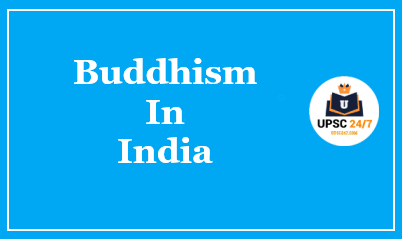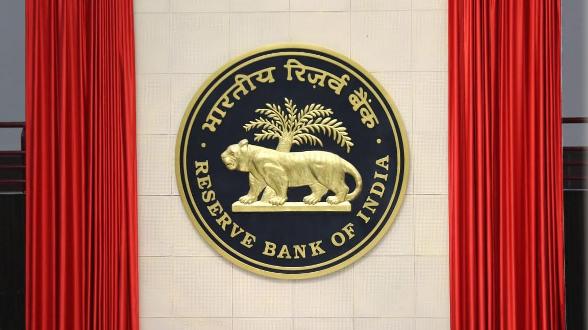Periodic Labour Force Survey 2019-20 | Why In The News ? – Recently, the National Statistical Office (NSO) released the third annual report on Periodic Labour Force Survey (PLFS), conducted between July 2019 and June 2020.
Key Highlights Of Survey :
| Unemployment Rate: |
|
| Worker Population Rate: |
|
| Labour Force Participation Ratio: |
|
| Gender Based Unemployment Rate: |
|
What is the Periodic Labour Force Survey?
- The PLFS is an annual survey conducted by the National Statistical Office (NSO).
- It was started in 2017
- It essentially maps the state of employment.
- It collects data on variables such as the level of unemployment, the types of employment and their respective shares, etc.
- It has been constituted based on the recommendation of a committee headed by Amitabh Kundu.
Read Also – Essential Defence Services Bill 2021 | UPSC
Earlier, this job was done by Employment-Unemployment Surveys, but these were conducted once every five years.
Objectives Of NSO :
- To estimate the key employment and unemployment indicators (viz. WPR, LFPR, UR) in the short time interval of three months for the urban areas only in the Current Weekly Status (CWS).
- To estimate employment and unemployment indicators in both usual status and CWS in both rural and urban areas annually.
Recent Government Initiatives For Generating Employment :
- Prime Minister’s Employment Generation Programme (PMEGP)
- Mahatma Gandhi National Rural Employment Guarantee Scheme (MGNREGS)
- Pt. DeenDayal Upadhyaya Grameen Kaushalya Yojana (DDU-GKY)
- Deendayal Antodaya Yojana-National Urban Livelihoods Mission.
- Aatmanirbhar Bharat Rozgar Yojna (ABRY) Scheme.
Key Terms :
Unemployment Rate (UR) |
|
Labour Force Participation Rate (LFPR) |
|
Worker Population Ratio (WPR) |
|
Activity Status |
The activity status of a person is determined on the basis of the activities pursued by the person during the specified reference period.
|









